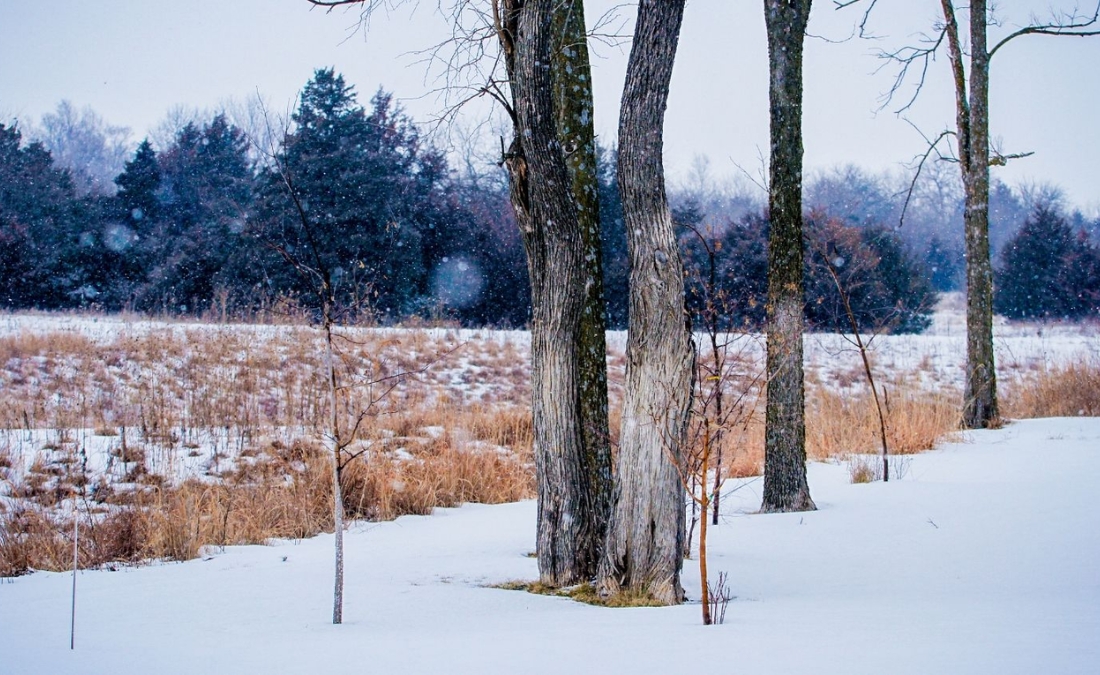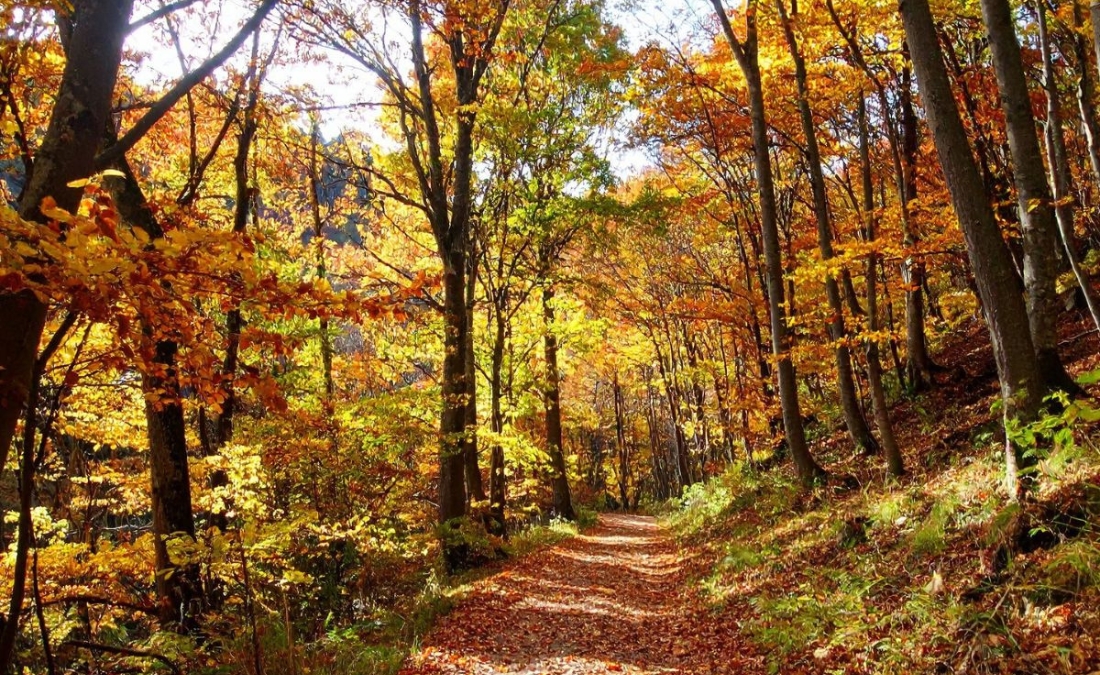4 Ways Cabling and Bracing Reduce Tree Failure
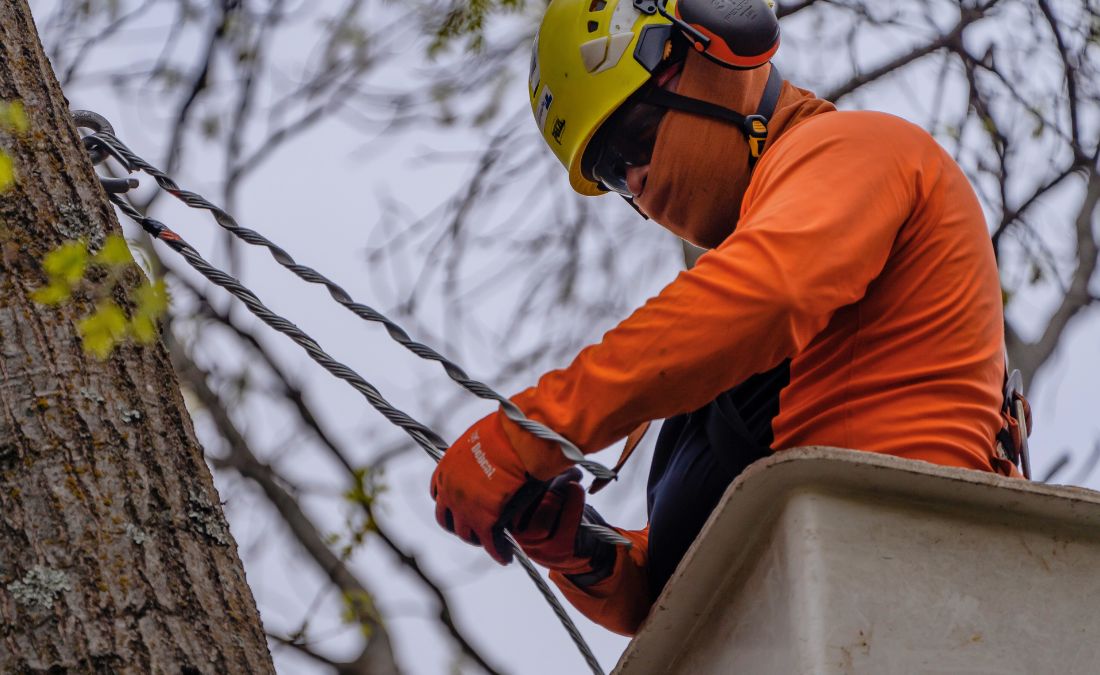
Reduce the risk of storm damage, falling branches, and split trees with cabling and bracing. Discover how this specialized tree service strengthens and protects Lee's Summit's mature trees.
Updated November 11, 2025
Having a mature or heritage tree on your Lee’s Summit property can bring a lot of pride in your landscape, but also a lot of worry when you see it shaking in a storm. To counteract this anxiety, you can have an arborist install cabling and bracing to help reduce the risk of tree failures. See how installing structural support systems can protect the most vulnerable parts of your trees and increase safety.
Key Takeaways:
- Trees with codominant stems (multiple main stems growing from the same point) are especially prone to failure, but support systems can reinforce these weak areas to prevent splitting during storms.
- Overly long branches pose a significant risk to property due to their multiple potential failure points, but installing cables can provide the necessary support to prevent breakage during adverse weather conditions.
- Professional support systems help prevent tree failure by limiting excessive branch movement during extreme weather, which is particularly important in the severe weather conditions we sometimes experience in the Lee’s Summit area.
How Cabling and Bracing Can Prevent Tree Failure
While there’s nothing you can do to make your trees 100 percent safe (except to remove them), cabling and bracing increase safety. Trees can fail unexpectedly, but they’re especially vulnerable during storms – something lakefront and golf community residents know all too well.
Structural support can help keep your trees stable and upright in a few primary ways.
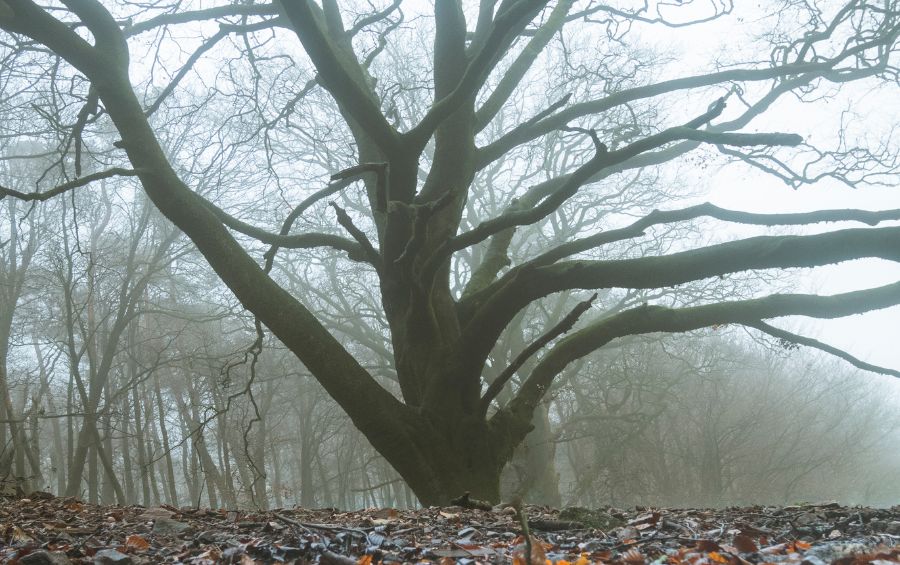
Trees with codominant stems are more prone to breaking in a storm. A combination of cabling and bracing can protect these vulnerable sections.
1. Reinforce Codominant Stems to Prevent Splitting
Trees can sometimes develop weak sections that are prone to breaking due to external stressors. The primary structural defect that cabling and bracing can help with is codominant stems.
When it comes to trees, having one central leader is much better than having two codominant stems competing for space.
What Are Codominant Stems on Trees?
Codominant stems are two or more main stems that come from the same point of the tree. They can be recognized by:
- a v-shaped stem union (where a branch meets the main tree stem or trunk)
- included bark between the narrow branch crotches
- a propensity to fail during extreme weather events
Support systems help reduce the risk of codominant stems splitting in extreme conditions. An arborist can install a steel brace through the stem’s union and a cable above it to strengthen the tree and lower the chance of failure.
PRO TIP: You can prevent many structural defects when trees are young. Talk to an arborist about scheduling pruning for your young saplings to prevent them from developing codominant stems. One quick cut today can save plenty of headaches down the line.
2. Support Overly-Long Limbs
An overextended branch has more potential points of failure than a compact one. Think of it like holding out a tape measure; the further it extends, the more it sags and bends under its own weight. The same principle applies to long tree limbs.
Installing cables can help give these branches support during a winter storm to limit the risk of breaking when snow and ice begin to weigh them down.
“When you’re down on the ground looking at a tree, it can be hard to appreciate just how big and heavy some branches are. When they get too long, they become a real risk and put your property in danger.” – Alex Lathrop, Arbor Advisor at Arbor Masters Raytown
3. Protect Weak Branch Unions in a Storm
While we all love living in the Kansas City Metropolitan area, it does come with some drawbacks: storms. Summer storms are fairly common, bringing rain and winds. Tornadoes are always a concern, and they have the destructive power to destroy trees.
During extreme weather, the wind can stress any natural weaknesses in your trees and lead to breakage. One of the most vulnerable parts of your tree is weak branch unions, where the branch is only weakly connected to the trunk or larger branch. An arborist can attach a weak, poorly attached branch to a stronger section of the tree with a cable to lend support, reducing the risk of breaking in a storm.
Any branch union with an angle below 45 degrees is prone to failure.
Frequently Asked Questions About Tree Cabling and Bracing
Despite its importance, many homeowners are unaware of cabling and/or bracing. To help increase your understanding and the benefits of this specialized arborist service, we’ve compiled some common questions Lee’s Summit and other local residents have about structural support for trees.
Will cabling and bracing make my tree look ugly?
No, structural support systems will likely not harm the aesthetics of your tree. They are high up in the canopy and will blend in with the rest of the tree when it is fully leafed out.
How long will cables and braces last in my tree?
Cables and braces are durable and can last several years. However, we recommend annual inspections to check for damage and ensure they continue to effectively protect the trees.
Can an arborist install cables in any tree?
Not all trees are candidates for cabling. Before installing anything, a Certified Arborist will examine it and determine if it needs structural support or if pruning or removal may be a better option. Cabling and bracing are often best for mature and high-value species.
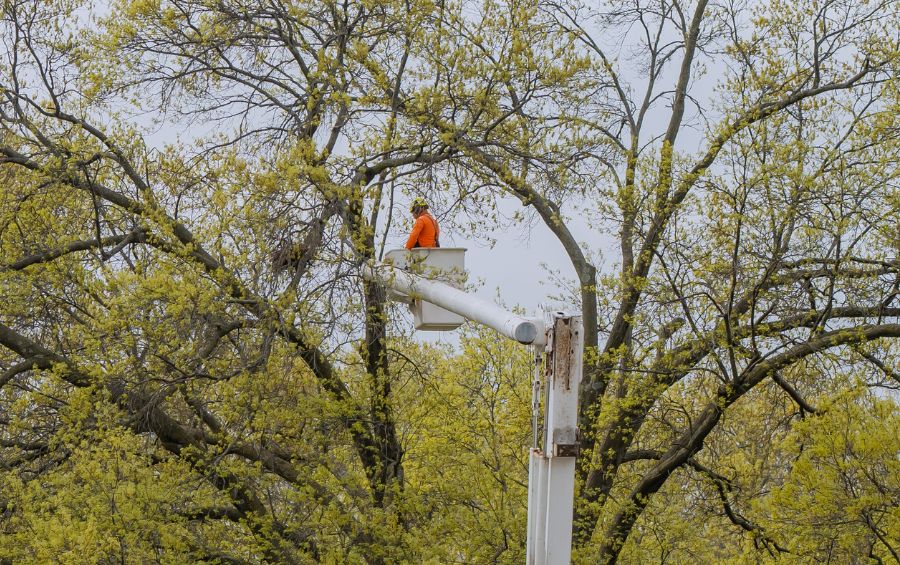
Annual inspection of structural support systems is an important part of keeping your trees safe and minimizing the risk of failure. Cables are usually inspected by a Certified Arborist from a bucket truck, putting them close enough to thoroughly examine the hardware without climbing (and putting unnecessary stress on) the tree.
Arbor Masters is Ready to Provide Structural Support to Your Lee’s Summit Trees
While cabling and bracing can protect your tree from failure, it isn’t a service a homeowner can do for themselves. Installing structural support systems requires the equipment and expertise of a Certified Arborist.
The team at Arbor Masters can inspect your trees, determine if they need structural support, and install the cables and braces as required. Call us today at 816-524-3131 or request a quote online.

Get the latest local news, tree care tips, special offers, and company updates directly to your inbox! It's easy to subscribe and there's no spam - we promise.
"*" indicates required fields

